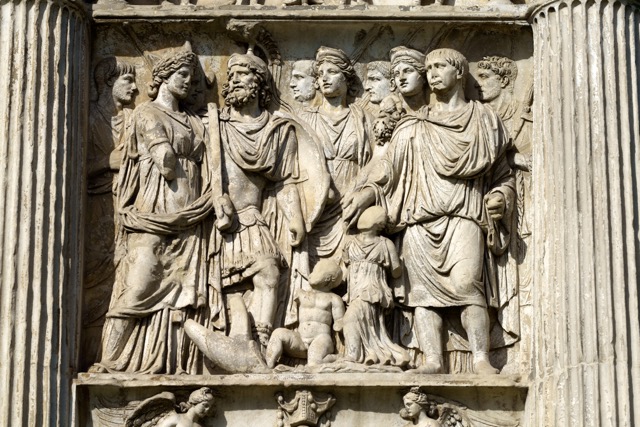Today we discuss the historical context of Roman influence in the time when Jesus was crucified. It’s important to note the paradoxical nature of the Roman civilization – their aim was to establish peace, yet they employed force and conquest to achieve it. They installed friendly governments and maintained peace in their conquered lands by ensuring basic necessities for the people, but suppressed any form of dissent. This context sets the stage for Jesus’s entry into Jerusalem, often contrasted with Pilate’s entry.
On the day known as Palm Sunday, Jesus enters Jerusalem through the gate used by the common people, riding on a donkey. This is seen as a confrontation between the kingdom of man and the kingdom of God. Pilate, the Roman governor, on the other hand, enters through a separate, grander gate, symbolizing the might of the Roman Empire. Pilate’s primary role was to maintain peace and prevent revolts, a task he primarily performed from Herod’s old grounds inside Jerusalem. Jesus had the job to save all humanity from their sins.
Jerusalem itself has a rich history as a religious center and was transformed into a domination system characterized by economic exploitation, political oppression, and religious crackdown. This led to a reputation of oppression for those living outside of Jerusalem. Interestingly, Jesus, during his ministry, spent time in Galilee, outside of Herod’s jurisdiction. This was likely to avoid immediate crackdown from the authorities in Jerusalem.
The narrative concludes with a reference to a quote from Micah, a prophet in the Hebrew Bible. The quote criticizes the rulers of Jerusalem for their injustice and wrongdoing, painting a picture of the city’s moral decline. This helps us understand the historical and socio-political context in which Jesus began his final week in Jerusalem, setting the stage for his crucifixion.

